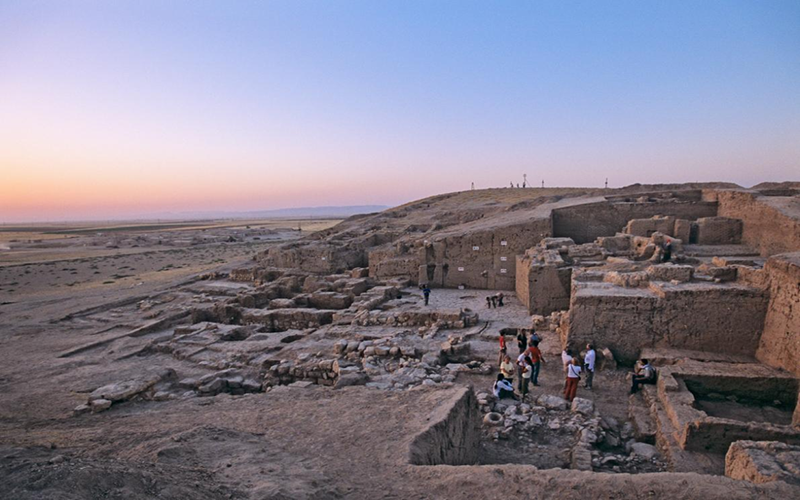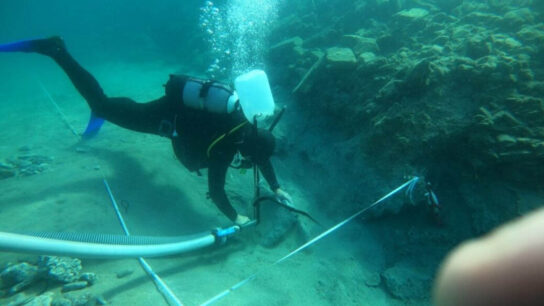4,000-Year-Old Lost Capital of the Fabled Kingdom Found in Syria
One of the most ancient cities known to exist on earth is Urkesh. Its exact location was a mystery until the 1990s when, after ten years of painstaking excavations, archaeologists identified Tel Mozan in northern Syria near the borders of Turkey and Iran as Urkesh.
The capital city of the Hurrians, it flourished between 4,000 and 1,300 BCE. It initially became powerful because of its location at the intersection of major trade routes as well as its control of valuable copper deposits.
Ruins of monumental public buildings, including a large temple and a palace, have been found. The architecture is not only mud-brick construction but also rare stone structures.
Archaeologists have discovered remains of an open plaza, a monumental flight of stairs, and a deep underground shaft related to religious rituals known as the “Passage to the Netherworld.”

Urkesh dominated the ancient skyline at the top of a built-up terrace that rivaled nearby mountains.
Very little was known about the Hurrians before Urkesh was positively identified. There may not have been many Hurrian cities in what is present-day southern Syria, but their civilization influenced the entire Middle East.
They were a major influence on Mesopotamia to the south and cultures such as the Hittites as cities were first developing in that region.
Unlike the centralized political structures of ancient Assyria and Egypt, Hurrian urban culture seems to have been more feudal in the organization, possibly limiting the development of large palace or temple complexes.

The unique Hurrian language is unlike any other known ancient language. Historians believe that the speakers of this language originally came from the Armenian Highlands and spread over southeast Anatolia and northern Mesopotamia at the beginning of the second millennium BCE.
Accomplished ceramists, Hurrian pottery was highly valued in distant Egypt. Khabur ware and Nuzi ware are two types of wheel-made pottery used by the Hurrians.
Khabur ware is characterized by reddish painted lines with a geometric triangular pattern and dots, while Nuzi ware has very distinctive forms, and are painted in brown or black.
Also known for achievements in metallurgy, Hurrians traded copper south to Mesopotamia from the highlands of Anatolia.

The Khabur Valley had a central position in the metal trade, and copper, silver and even tin were accessible from Hurrian-dominated countries in the Anatolian highland. Among the few surviving examples of Hurrian metalwork, some small fine bronze lion figurines were discovered at Urkesh.
Sadly, the Syrian civil war has disrupted the fascinating archaeological activities at Urkesh and endangered future discoveries about the Hurrian culture. The site lies close to the Turkish border and is now protected by Kurdish troops and a team of local workers.




